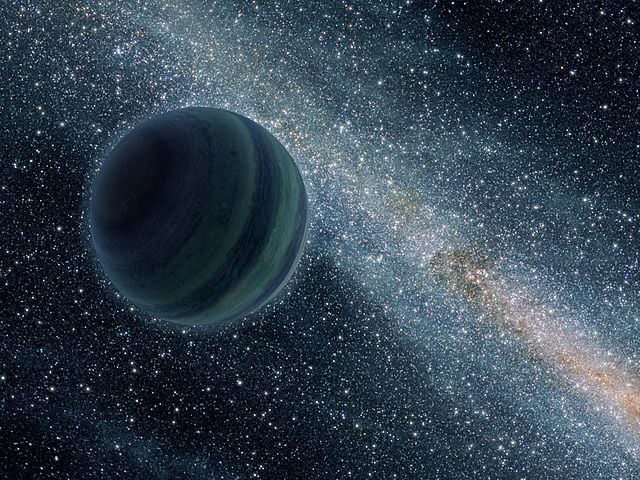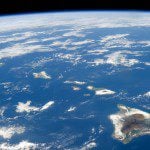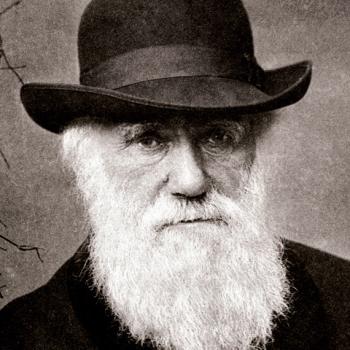
Two interesting passages from my reading of Thomas Dubay, The Evidential Power of Beauty: Science and Theology Meet (San Francisco: Ignatius Press, 1999).
As one astronomer has put it, “A slight increase in nuclear forces would have resulted in stars made almost entirely of helium, stars which have a shorter lifespan, resulting in insufficient time for life, for man, to arise in the universe. On the other hand, a slight decrease in nuclear forces would have prevented the formation of carbon atoms and other necessary ingredients of life.”
George Sim Johnston puts it well when he writes of these breathtaking specificities that “if the cosmic expansion (at the Big Bang) had been a fraction less intense, it would have imploded billions of years ago; a fraction more intense, and the galaxies would not have formed. Picture a wall with thousands of dials; each must be at exactly the right setting — within a toleration of millionths — in order for carbon-based life to eventually emerge in a suburb of the Milky Way. You cannot help but think of a Creator.” A bit more explanation: The mass of the universe could not have been too great or galaxies could not have been formed, and if there could be no galaxies, there obviously could be neither stars nor planets circling stars. With no planets there could be no plant, animal, or human life. (213-214)
Physicist Stanley Jaki speaks of the “stunning details about the specificity of the universe ‘in the first three minutes'”, and he gets a bit more detailed. Noting that “specificity is the hallmark” of cosmological research as it goes beyond the baryon stage of the universe’s development, Jaki writes of more recent investigations into the matter-antimatter states: “In those cases we see the same story: the story of one cosmic specificity leading to another, and in staggeringly exact and specific quantitative terms. In the matter-antimatter states, for instance, ordinary matter particles must outnumber antimatter particles in the specifically exact ratio of one part in ten billion to let subsequent physical interactions issue in processes characteristic of our actually observed universe.” Amazing as this is, he adds that “at any stage, the slightest departure from the specificity as postulated would prevent the formation of galaxies and certainly the emergence of man.” (214)












